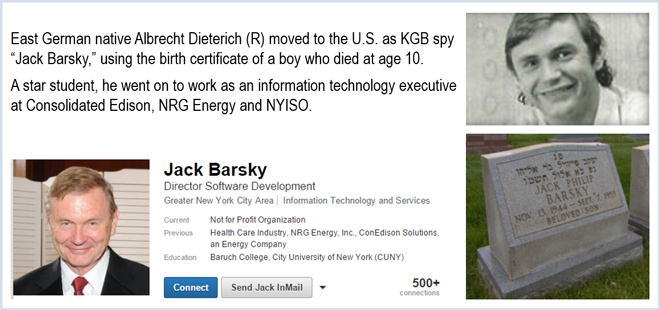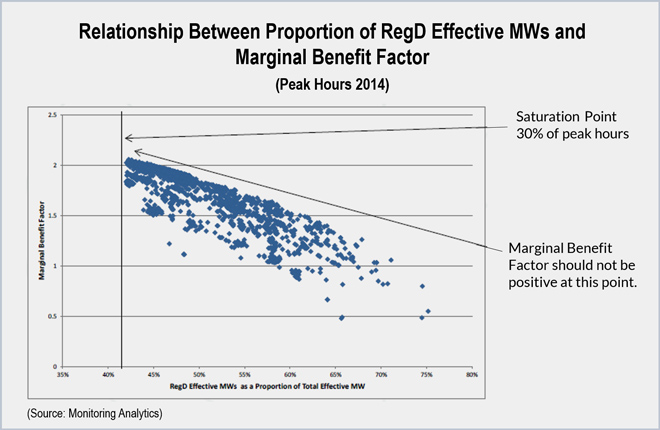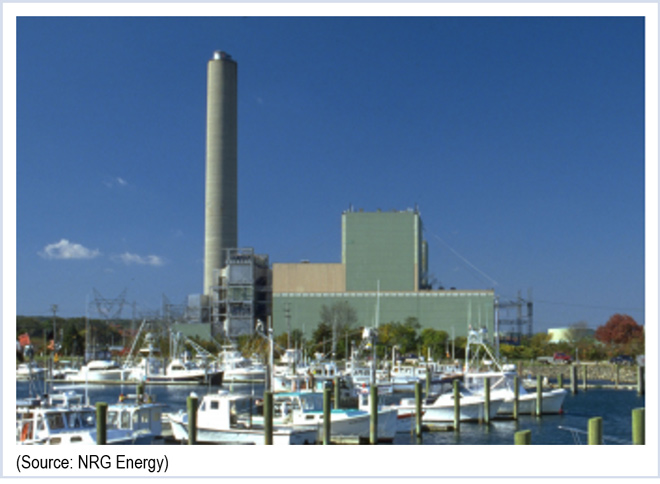By Rich Heidorn Jr.
LITTLE ROCK, Ark. — Arkansas Public Service Commission Chairman Ted Thomas is no fan of the Environmental Protection Agency’s Clean Power Plan, but he’s perhaps even more critical of the “just say no” strategy of Senate Majority Leader Mitch McConnell and other congressional Republicans.

Thomas, a former Republican political consultant who served as budget director for former Gov. Mike Huckabee, said McConnell’s focus on coal job losses is a “narrow special interest” appeal. “That’s got to change if people in Osceola and Jonesboro are going to be protected,” he said in a passionate keynote speech to an audience of about 70 at the Gulf Coast Power Association’s SPP briefing last week.
Under EPA’s proposed rule, low-income Arkansas would be forced to reduce its carbon emissions by 44% from 2012 levels, the seventh-largest reduction of any state.
Thomas said EPA’s modeling failed to include stranded costs from premature generation plant retirements.
Devastating Hit
“If you’re a big company like Entergy, you can shift a few plants around, use your portfolio. A 10% or 15% [rate increase], it’s a lot of money — we don’t like that — but it might not end the world,” Thomas said.
“But if you’re in Jonesboro, Ark. — who’s paying for a coal plant that was built in 2010 and it gets retired and you have to pay for it for 35 years and get nothing while you also have to pay for an alternative source of electricity — your face gets ripped off.
“It’s not a small hit. It’s a devastating hit to a small town in the delta which is finally just seeing some good things happen [economically].”
Thomas said Republican congressional leaders made a mistake in supporting legislation by House Energy and Power subcommittee chairman Ed Whitfield (R-Ky.) and Sen. Rob Portman (R-Ohio) that would allow states to delay or opt out of compliance.
Thomas said the strategy failed because it did not gain the Democratic support needed to override a veto.
Instead, he said, Republicans should propose a bill limiting rate increases resulting from EPA’s final rule to 10% or 20% — legislation he believes many Democrats would be forced to support.
“Do you want to be the guy who votes against a 20% rate cap so some shark can make a commercial about [how] you thought it was OK that [constituents’] rates went up 20%? Nope.”
Thomas said that would force Democratic supporters of the EPA rule to pressure the agency on its cost.
EPA Administrator Gina McCarthy is “probably not going to pay attention to me. But she has to pay attention to her political allies,” Thomas said. “And until they feel pressure, they’re not going to come eyeball to eyeball with cost. The time to act is now while they’re still doing the rule. When you have the rule, it’s too late to change it.
“That’s the play that should be made when you do what politicians do: look at polls. Why they’re missing it is beyond me and beyond frustrating.”
Building the Ark
During a panel discussion later, Curtis Warner, director of compliance and support for the Arkansas Electric Cooperative Corp. (AECC), echoed Thomas’s concerns.
AECC expects it will have to reduce coal from 58% of electric generation to less than 9%, while natural gas generation rises to 73% from 30%. Warner said that would cost AECC ratepayers an average of $280 more per year — $450 more if natural gas prices increase by $1/MMBtu.
Lanny Nickell, SPP’s vice president of engineering, who also participated in the panel, noted that most of the generator retirements projected as a result of the rule are along the SPP-MISO seam. “That’s exactly where we’re not doing a good job of building transmission infrastructure,” he said.
Nickell likened himself to Noah. “Help us build the ark … the [transmission] infrastructure that we need,” he said. “The technical answer is not the most difficult part of this. It’s the political willpower that has to happen first.” (See SPP: $45/ton Adder, Wind, Gas Meets EPA Carbon Rule.)
David Farnsworth, senior associate for the Regulatory Assistance Project, also called for engagement. “The worst form of planning is just saying no,” he said.





